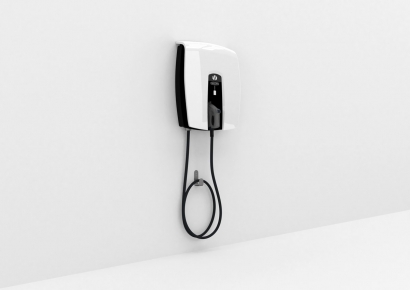
The products include what the company is calling the world’s first widely available, domestic electric vehicle-to-grid charger. It was designed and manufactured in the UK. The charger will enable drivers to sell surplus energy from their electric vehicle batteries back to the electricity grid
OVO CEO and Founder Stephen Fitzpatrick, said, “Today we’re launching the world’s first widely available vehicle-to-grid charger, helping to solve one of the biggest challenges facing the energy sector. We’re enabling thousands of EV batteries to help balance the grid in times of peak demand, more renewable energy to come onto the system, and households to reduce their electricity bills.”
Fitzpatrick added this new approach to energy was made possible by the “convergence of emerging technologies, applying intelligence, and years of working with customers to redesign the entire energy system.”
The 6kW OVO Vehicle-to-Grid (V2G) Charger offers drivers of certain electric vehicles the opportunity to discharge excess electricity from their cars back to the electric grid to help supply energy at times of peak demand. Using VCharge, this charger will also optimize vehicle charging to take advantage of cheaper electricity when it’s available. The OVO Vehicle-to-Grid Charger will be rolled out from summer 2018 for up to 1,000 Nissan electric vehicle owners as part of a two-year trial.
VCharge is a highly scalable system that remotely connects distributed flexible electrical devices and aggregates them into a virtual power plant. This connected system reacts as a whole to changes in demand and supply, recognizing strain and reacting within a second. By intelligently managing both generation and demand in this way, the company states that VCharge could facilitate more renewable energy generation and supply without the need for costly infrastructure investment.
OVO also introduced its entry into the home battery market with a Home Energy Storage solution. This battery with a custom built control and communications unit will dynamically and proactively manage energy and power use. It will enable everyone to store, use and sell back electricity, whether or not they produce it themselves.

